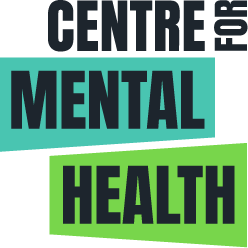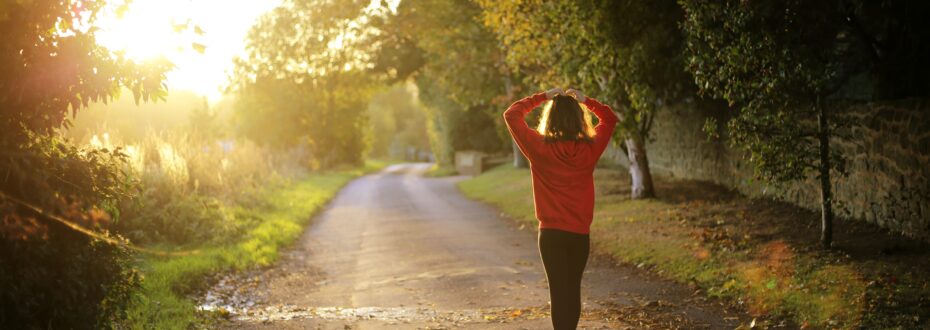You can’t run away from a mental health problem. They are a challenge that many of us have to face. But that’s not to say that running can’t help. It really can. As can cycling, walking, swimming, gardening and generally getting more physically active.
Just in case you’re sceptical, let’s look at the evidence. Numerous clinical trials show that participating in regular physical activity significantly improves levels of anxiety and depression. This has been a consistent finding and holds true whether or not people have a diagnosed mental health condition (Stubbs et al 2017; Kvam et al 2016; Rebar et al. 2015). Studies have even shown physical activity programmes improve symptoms and cognitive functioning in schizophrenia (Dauwan et al. 2015; Firth et al 2017). So a workout for the body really is a workout for the mind too.
But how does this work? Well science geeks will point to the positive effects of activity on hippocampal neurogenesis and hypothalamic-pituitary adrenal axis regulation levels. Those not wearing lab coats will be more likely to highlight the positive effects of activity on self esteem and social connectedness. The fact is, they’re all correct, and the evidence supports a whole range of mechanisms by which physical activity improves mental health (Reber et al 2015).
Councils are in a great position to harness these effects. For example, at an environmental level, plenty of research shows increased activity levels following the provision of enhanced cycle lanes, foot paths and outdoor fitness facilities (NICE, 2008). Given evidence suggesting that exercise in outdoor environments enhances its positive impact on mental health (Thompson-Coon, 2011) these measures can be particularly beneficial.
At an individual and community level, council support for ‘asset-based’ programmes that facilitate access to local voluntary groups can also be cost-effective. These assets, which may include walking groups, accessible sports and horticulture projects, have the added advantage of providing social support and companionship, further enhancing the positive impact on mental health (McNally, 2017).
So, this really is a ‘two for the price of one’ offer for councils. Those local authorities that embrace physical activity not just as a means to prevent illness, but also as key driver of mental and social wellbeing, will end up making some very cost effective choices. Surely not something we should run away from.
Stubbs B, Vancampfort D, Rosenbaum S, Firth J, Cosco T, Veronese N, Salum GA, Schuch FB. An examination of the anxiolytic effects of exercise for people with anxiety and stress-related disorders: A meta-analysis. Psychiatry Res. 2017 Mar; 249:102-108. Stubbs et al 2017
Kvam S, Kleppe CL, Nordhus IH, Hovland A. Exercise as a treatment for depression: A meta-analysis. J Affect Disord. 2016 Sep 15;202:67-86 Kvam et al 2016
Rebar AL, Stanton R, Geard D, Short C, Duncan MJ, Vandelanotte C. A meta-meta-analysis of the effect of physical activity on depression and anxiety in non-clinical adult populations. Health Psychol Rev. 2015;9(3):366-78. Rebar et al. 2015
Dauwan M, Begemann MJ, Heringa SM, Sommer IE. Exercise Improves Clinical Symptoms, Quality of Life, Global Functioning, and Depression in Schizophrenia: A Systematic Review and Meta-analysis. Schizophr Bull. 2016 May;42(3):588-99. Dauwan et al. 2015
Firth J, Stubbs B, Rosenbaum S, Vancampfort D, Malchow B, Schuch F, Elliott R, Nuechterlein KH, Yung AR. Aerobic Exercise Improves Cognitive Functioning in People With Schizophrenia: A Systematic Review and Meta-Analysis. Schizophr Bull. 2017 May; 43(3): 546–556. Firth et al 2017
NICE Guidance PH8. Physical activity and the environment. January 2008 NICE, 2008
Thompson Coon J, Boddy K, Stein K, Whear R, Barton J, Depledge MH. Does participating in physical activity in outdoor natural environments have a greater effect on physical and mental wellbeing than physical activity indoors? A systematic review. Environ Sci Technol. (2011) Thompson-Coon, 2011
McNally, L Social Prescribing: The Power of the Community. Centre for Mental Health Website, 2017. McNally, 2017


